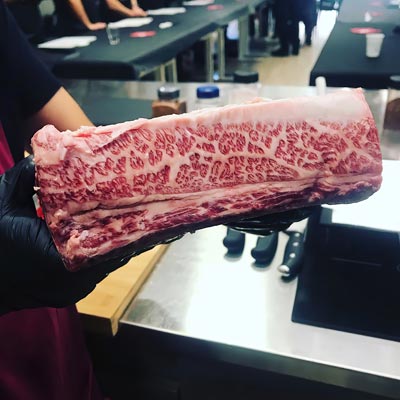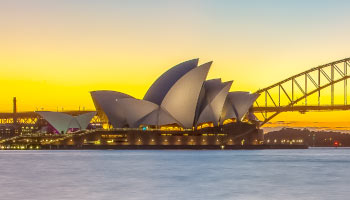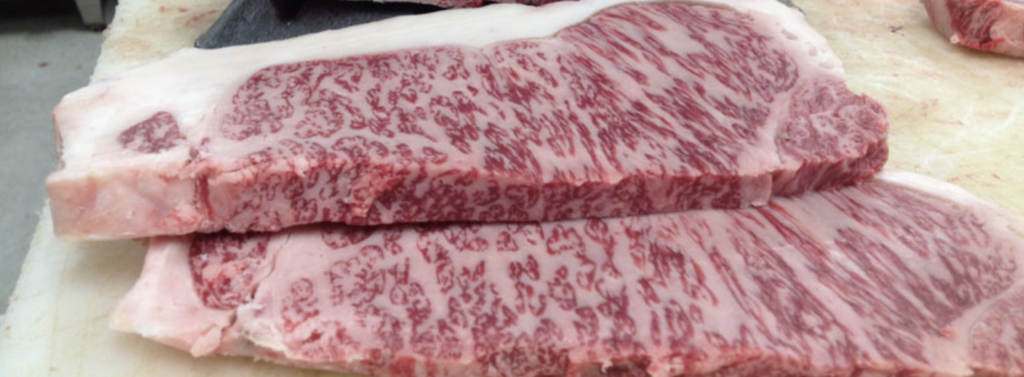Australian Wagyu, Wagyu Beef
WHAT IS AUSTRALIAN WAGYU BEEF?
Once exclusive to Japan, Wagyu cattle are now being bred and raised all over the world, including right here in Australia.
Over the years, our homegrown Australian Wagyu beef has become a fine dining staple and meat-lovers’ favourite across the country.
But what is Australian Wagyu? Here’s everything you need to know about this beef.
Wagyu in Australia
Australia’s Wagyu program began in the 1990s when genetics were obtained from Japan and the USA, and live Fullblood cattle were imported from Japan.
The country’s most prevalent Wagyu bloodlines originated from the Japanese provinces of Tajima, Tottori, Shimane and Okayama, which are close together on the main island of Honshu.
The Australian program has since developed into a reputable industry, with growing demand for our Wagyu beef both domestically and internationally.
We now have the second largest population of Wagyu in the world and largest Fullblood Wagyu population outside of Japan.
Fullblood Wagyu cattle’s parents both have traceable Japanese lineage and no crossbreeding.
It is estimated that approximately half of Australian Wagyu cattle are F1. These are cattle which have been crossbred with other breeds but still hold at least 50% Wagyu genetics.
Purebred Wagyu cattle, which contain more than 93.75% Wagyu genetics, are also bred and raised in Australia.
Australian Wagyu beef marbling
Wagyu is prized for its marbling and Australian Wagyu beef is no exception.
Whether you purchase Fullblood, Purebred or F1 Wagyu beef, each cut will have some level of marbling.
However, the Australian beef grading systems are different from the Japanese grading system.
In Australia, there are two official systems- AUS-MEAT and MSA (Meat Standards Australia). Both systems have a marble score from 0 to 9, with 9 being the best.
According to Kimio Osawa, Founder of Osawa Enterprises, Australian Wagyu’s genetics and specialised feeding techniques impact the beef’s marbling.
“Australian Wagyu are bred, raised and fed so that the beef is still highly marbled, usually getting a marble score of around 6,” Kimio says.
Australian Wagyu Fullbloods are fed for 400 to 650 days and usually produce marble scores of 8+, whereas Crossbred Wagyu are fed for 350 to 450 days and usually produce marble scores between 5 to 7+.
Australian Wagyu taste
Whilst Australian Wagyu beef has the same melt-in-your-mouth intensity as Japanese Wagyu, there are some differences when it comes to taste and texture.
Since Australia’s climate, rainfall, soils and grasses are all different to Japan’s, Australian Wagyu’s taste, texture and quality are naturally different compared to Japanese Wagyu.
“Australian Wagyu beef might not give you that same aroma that comes through your nose like Japanese Wagyu, but it is still buttery, tender and delicious,” Kimio says.
If you’re yet to try this premium beef, order your cut of Australian Wagyu today.





